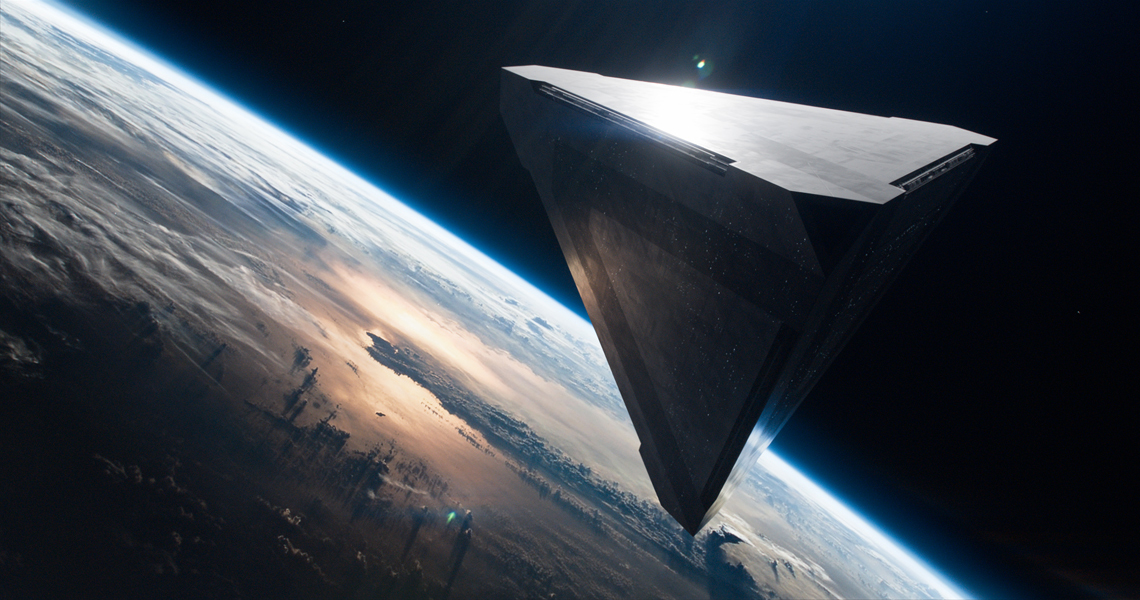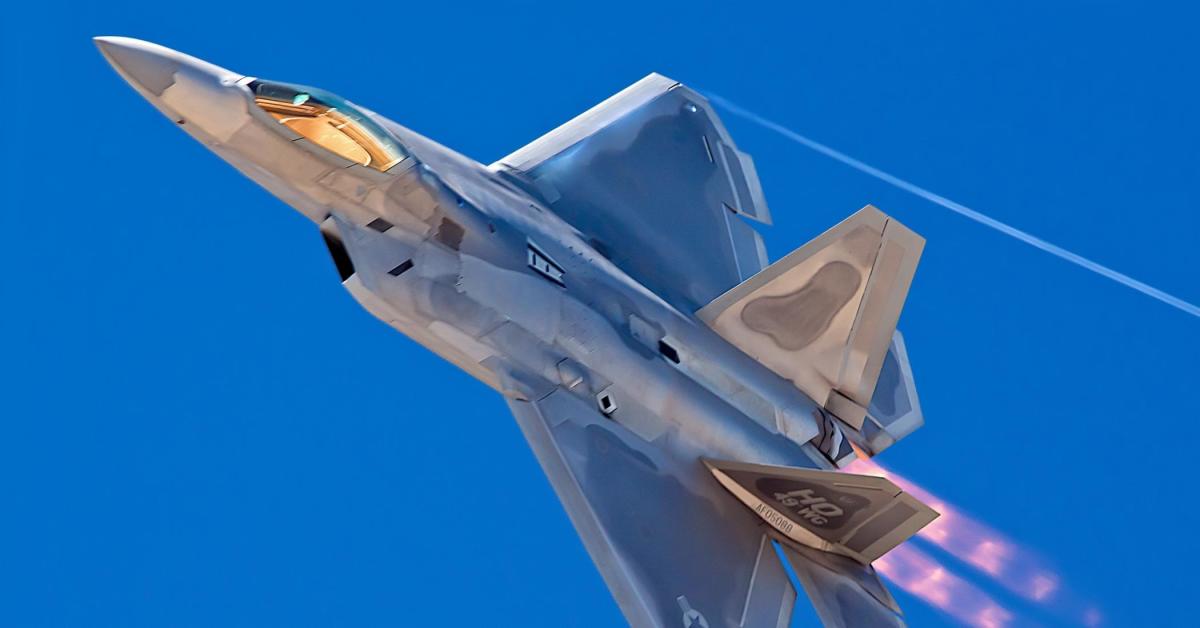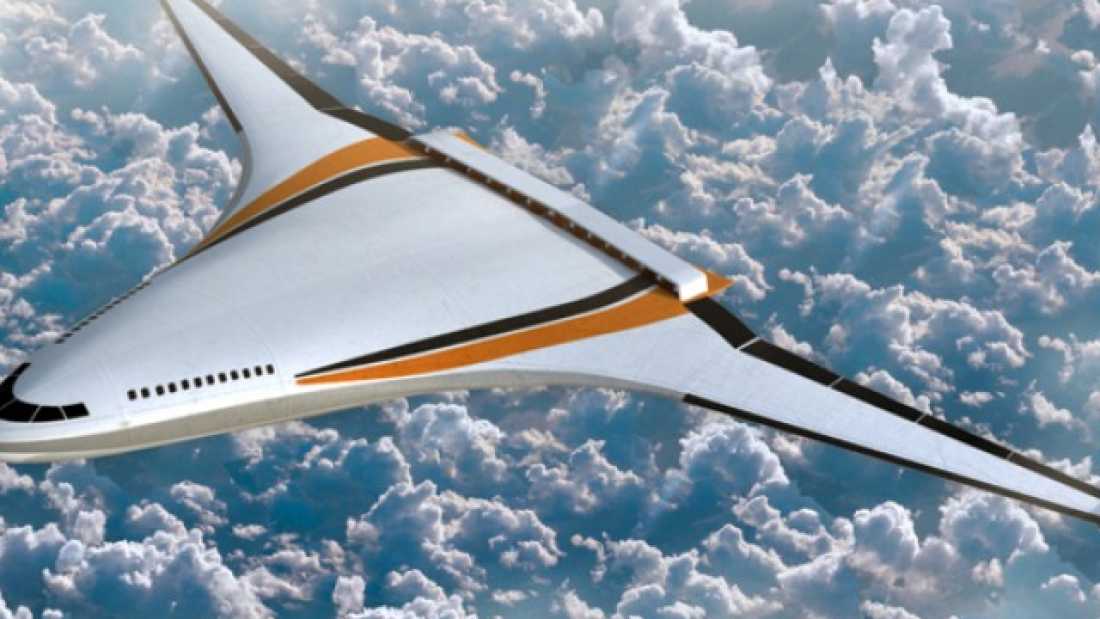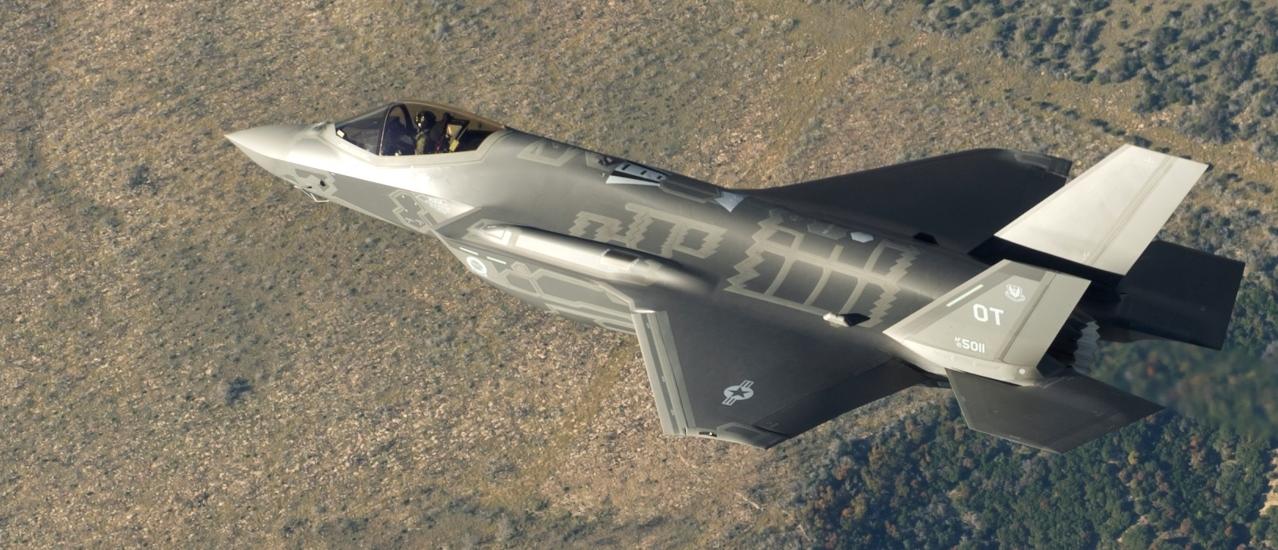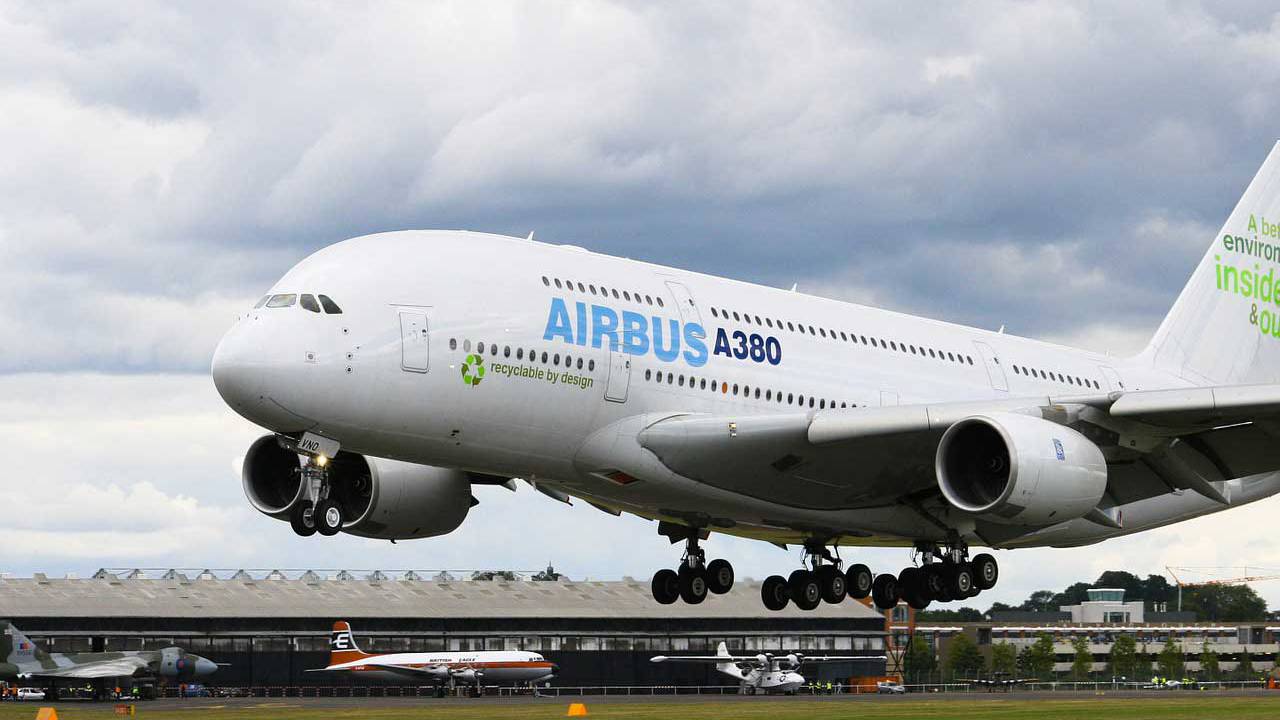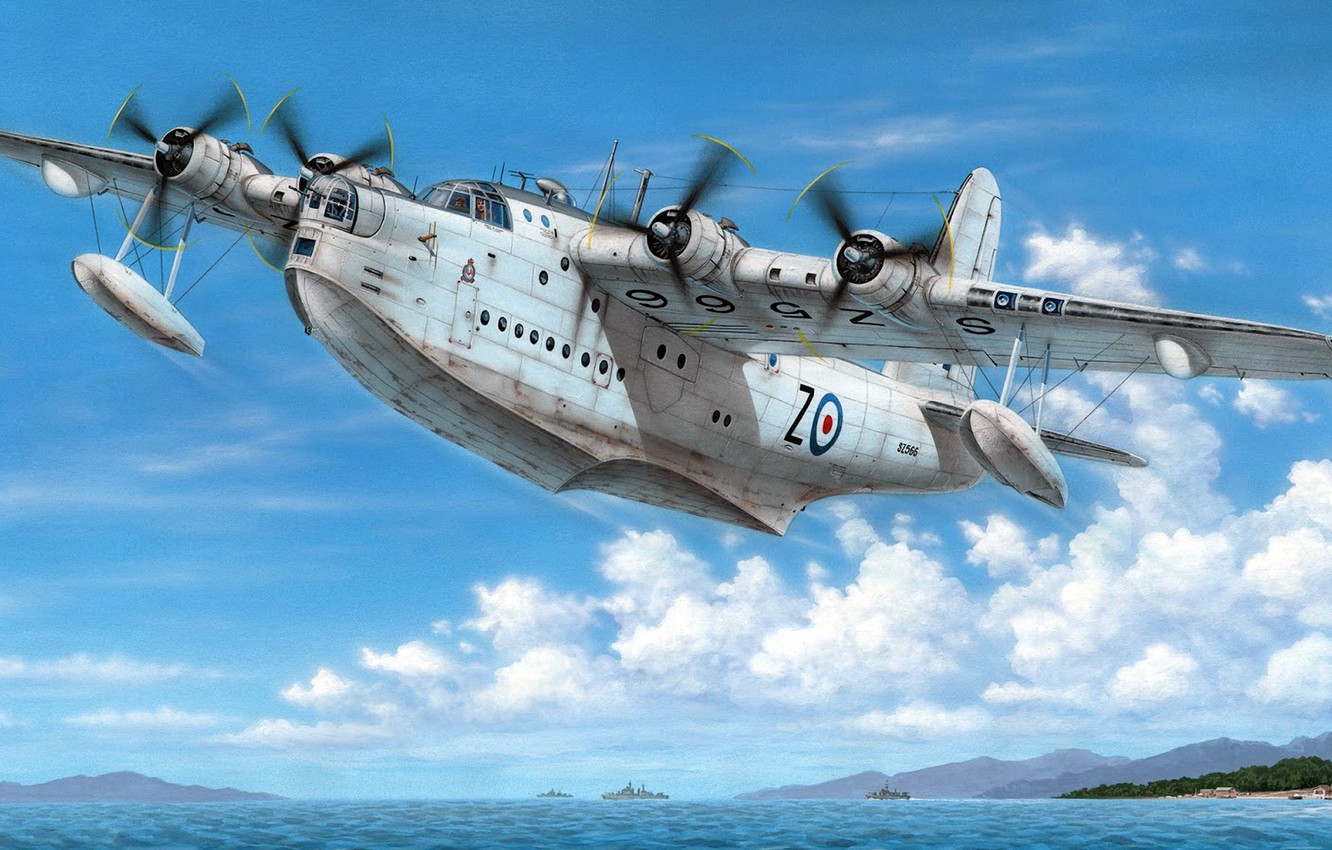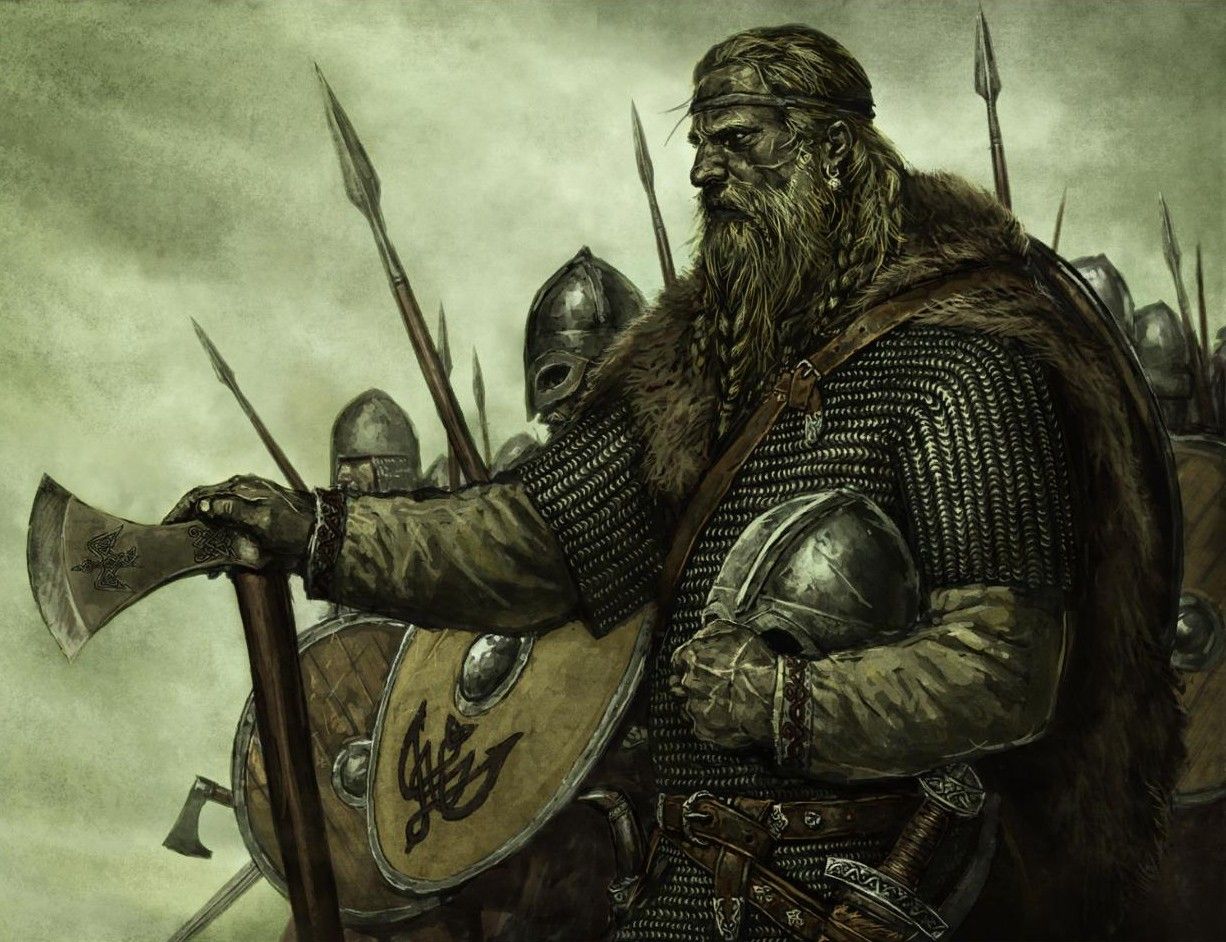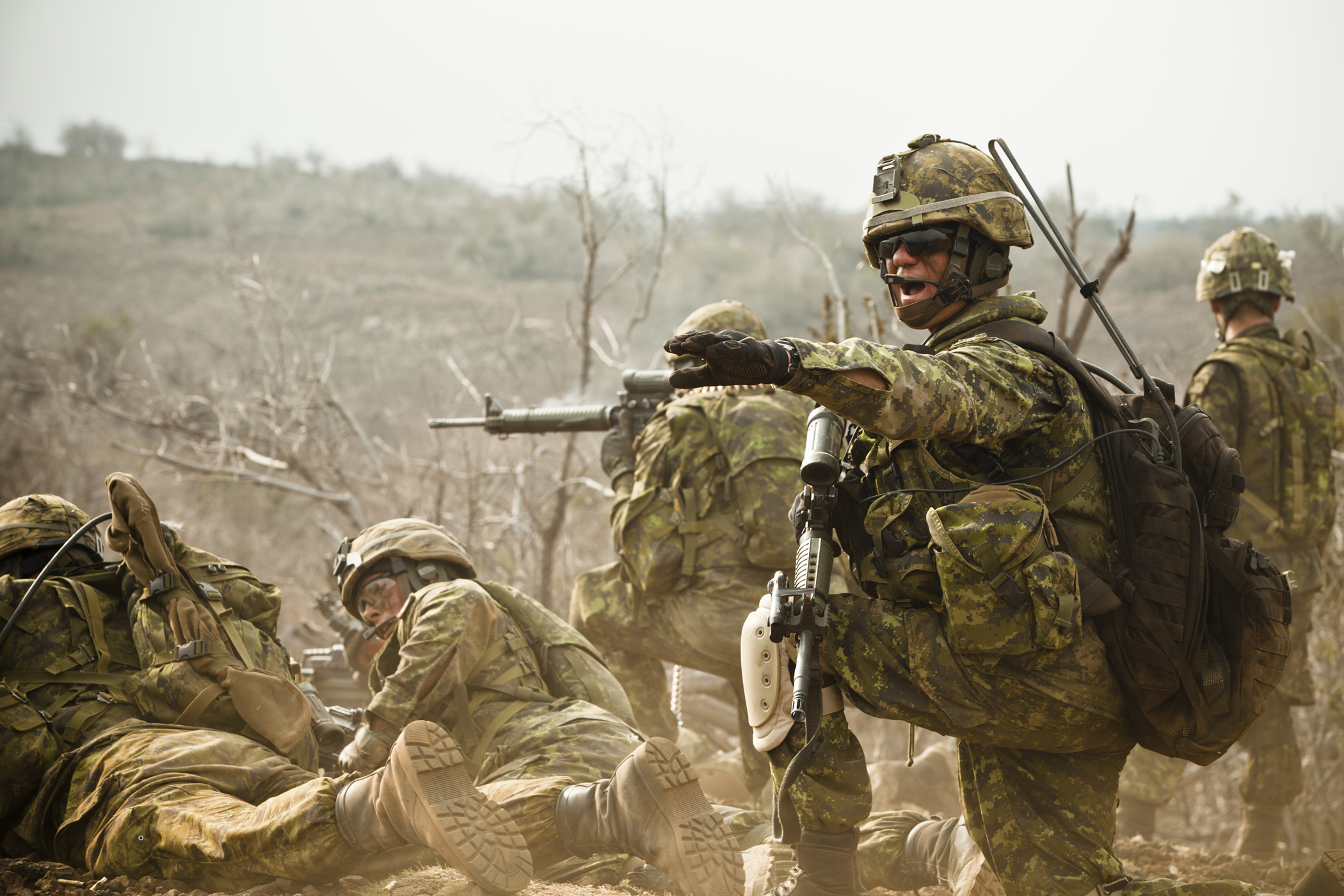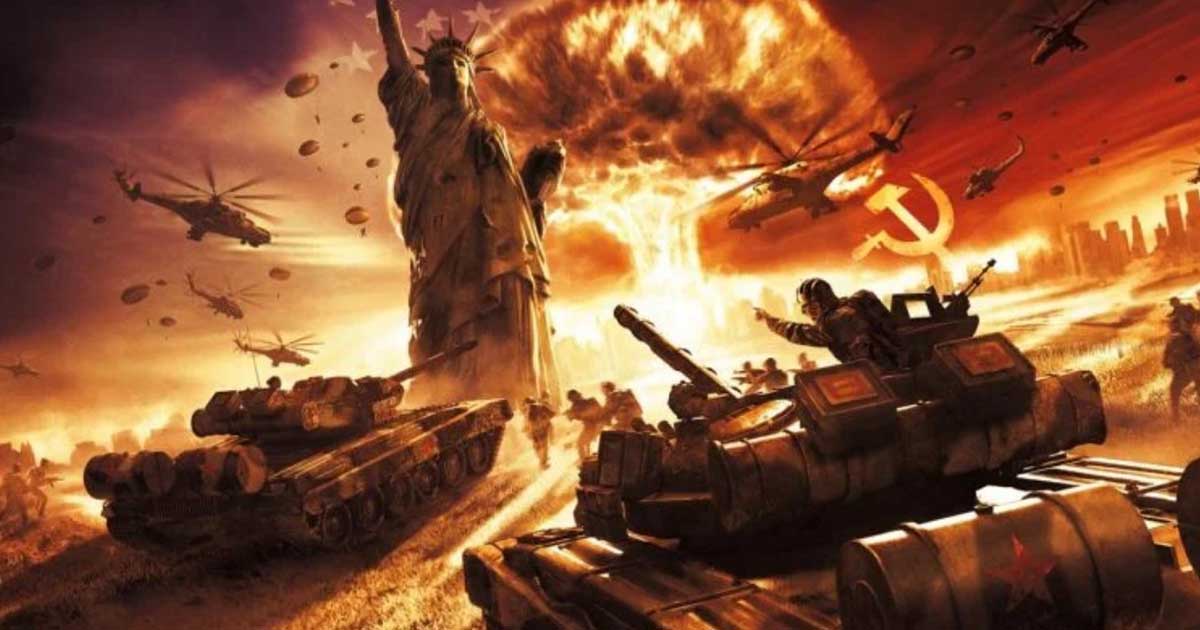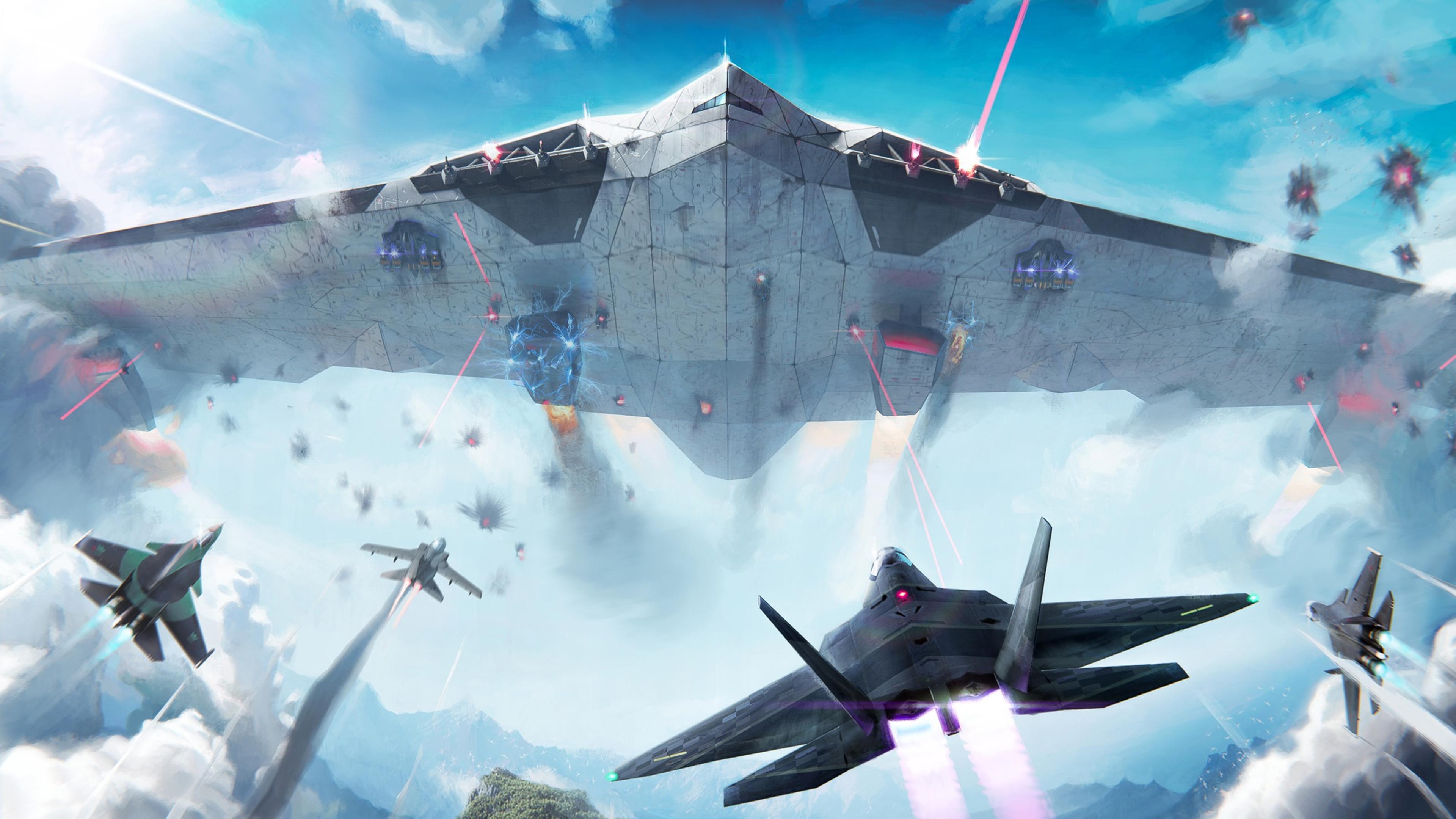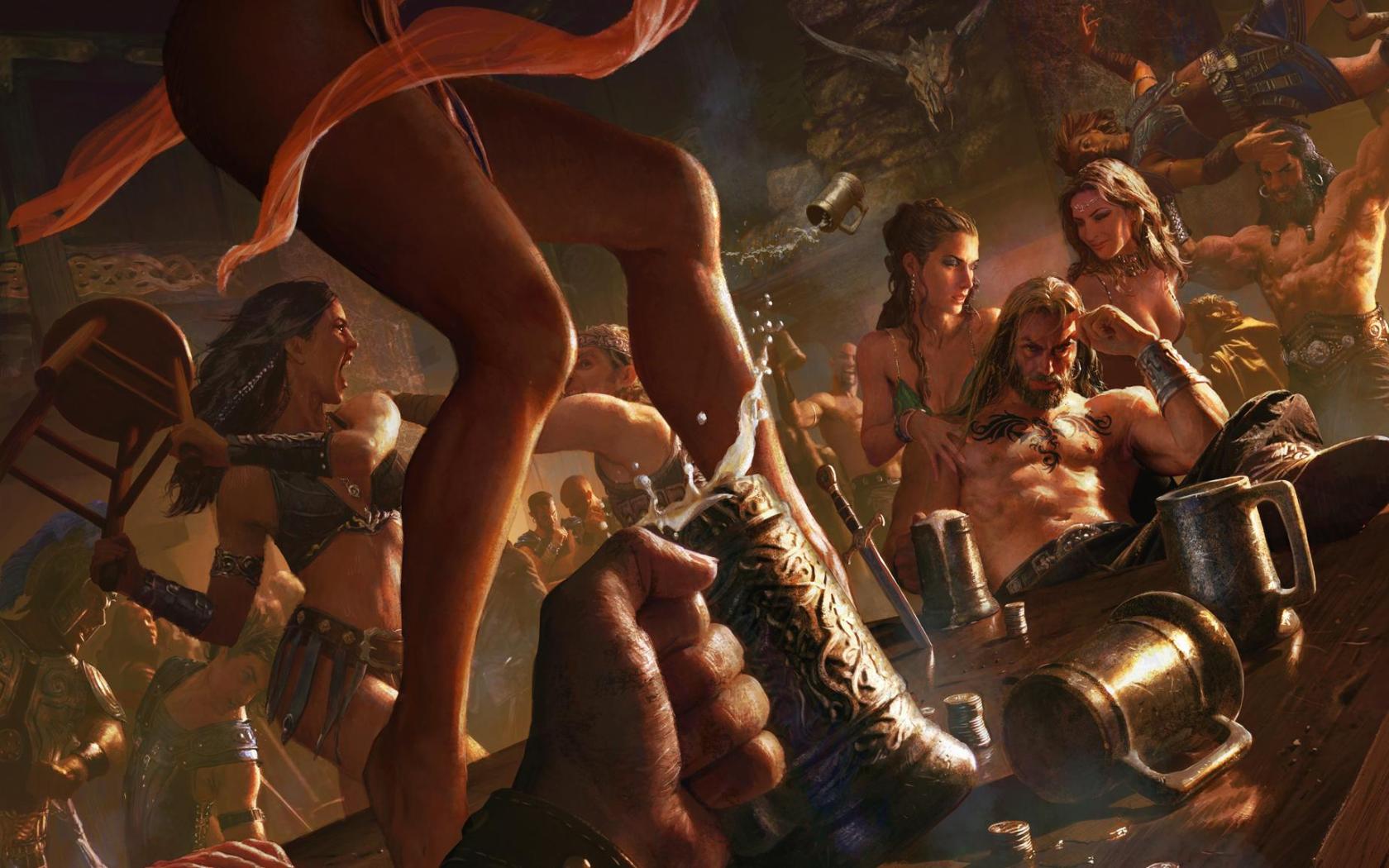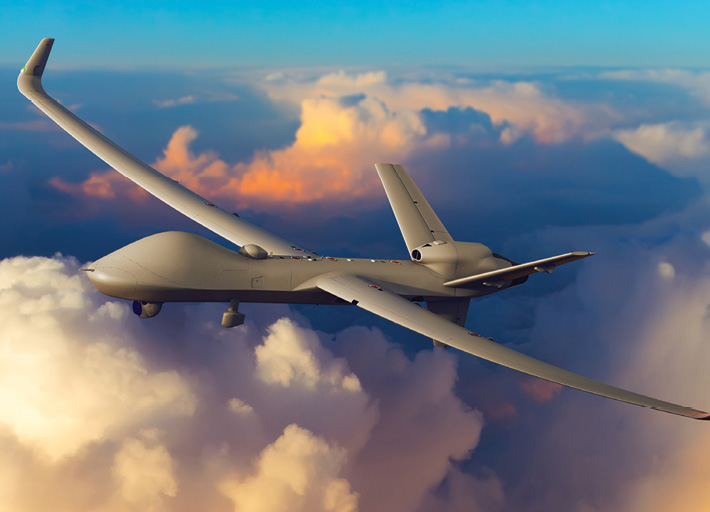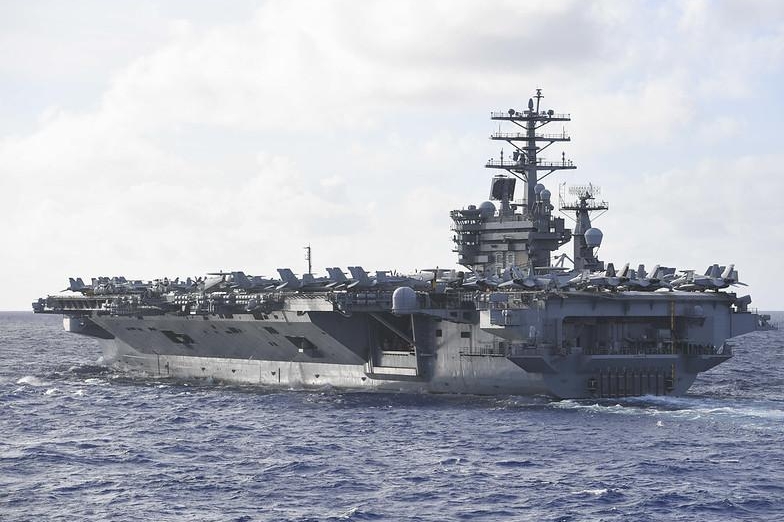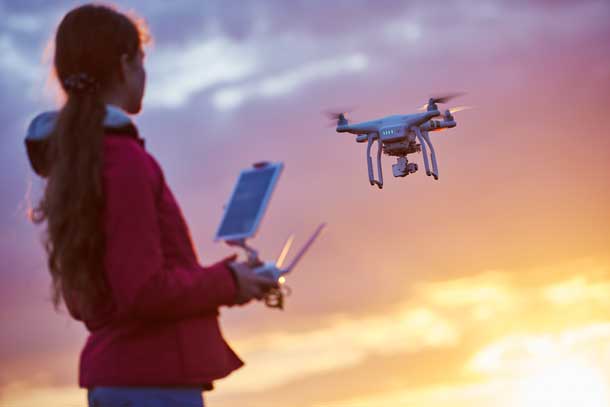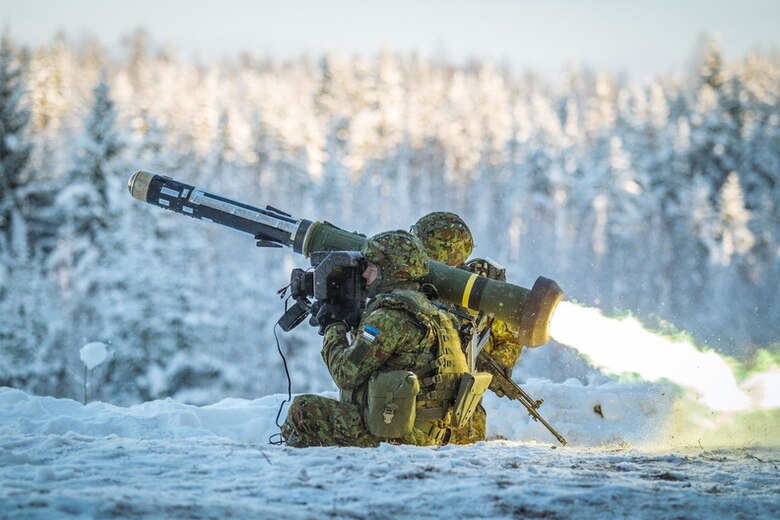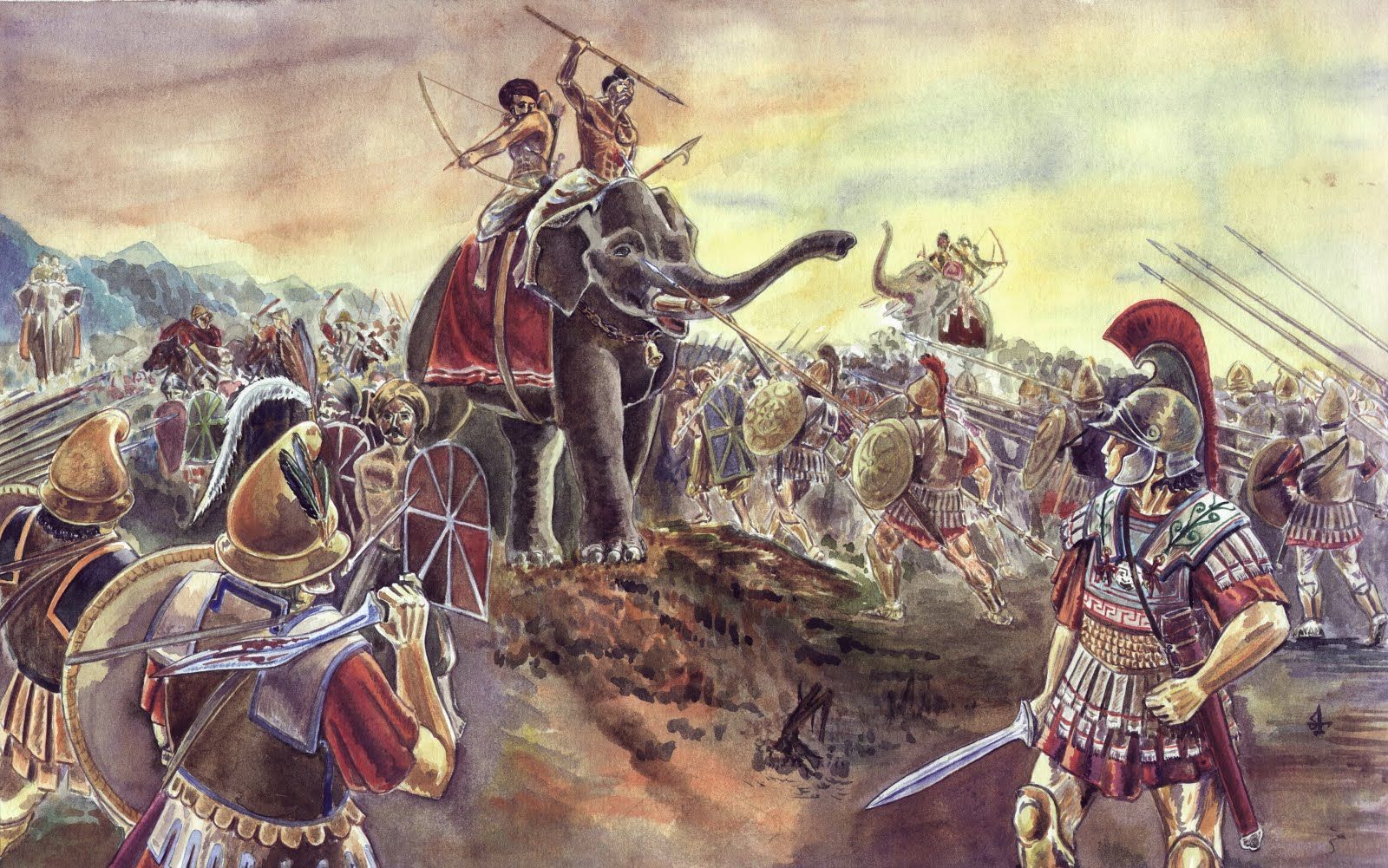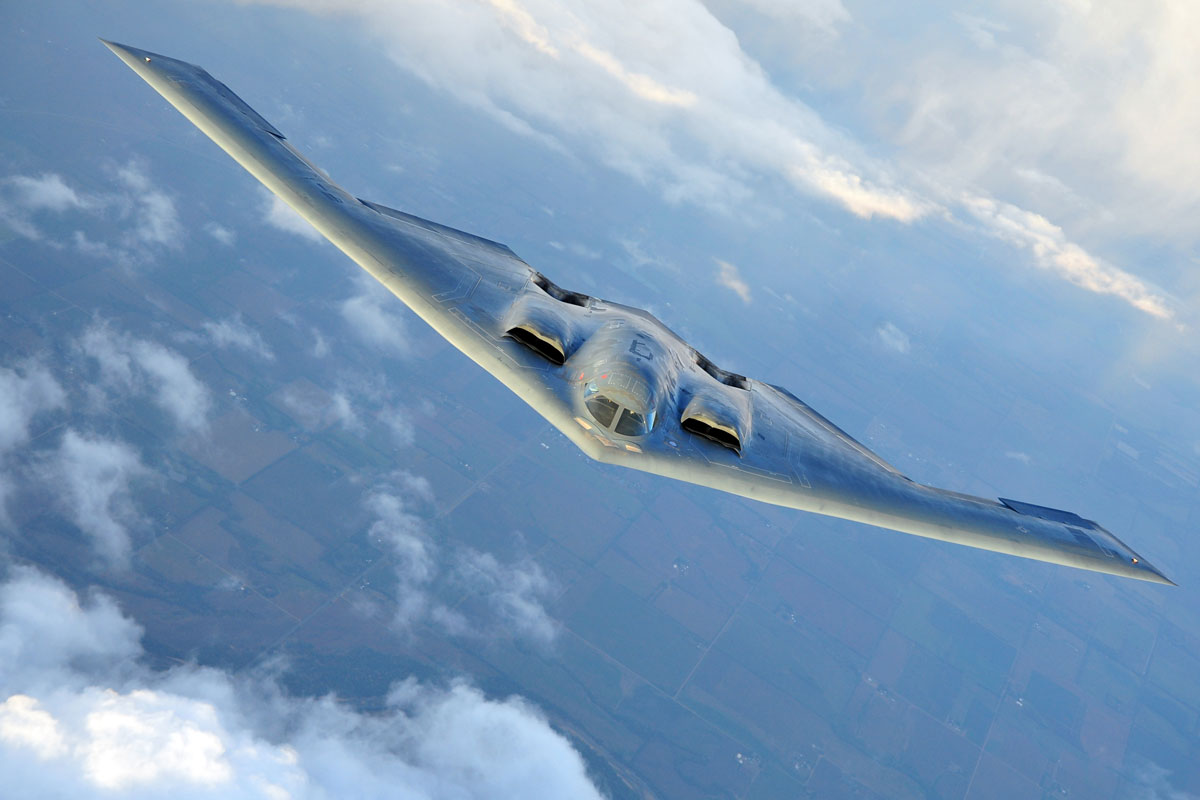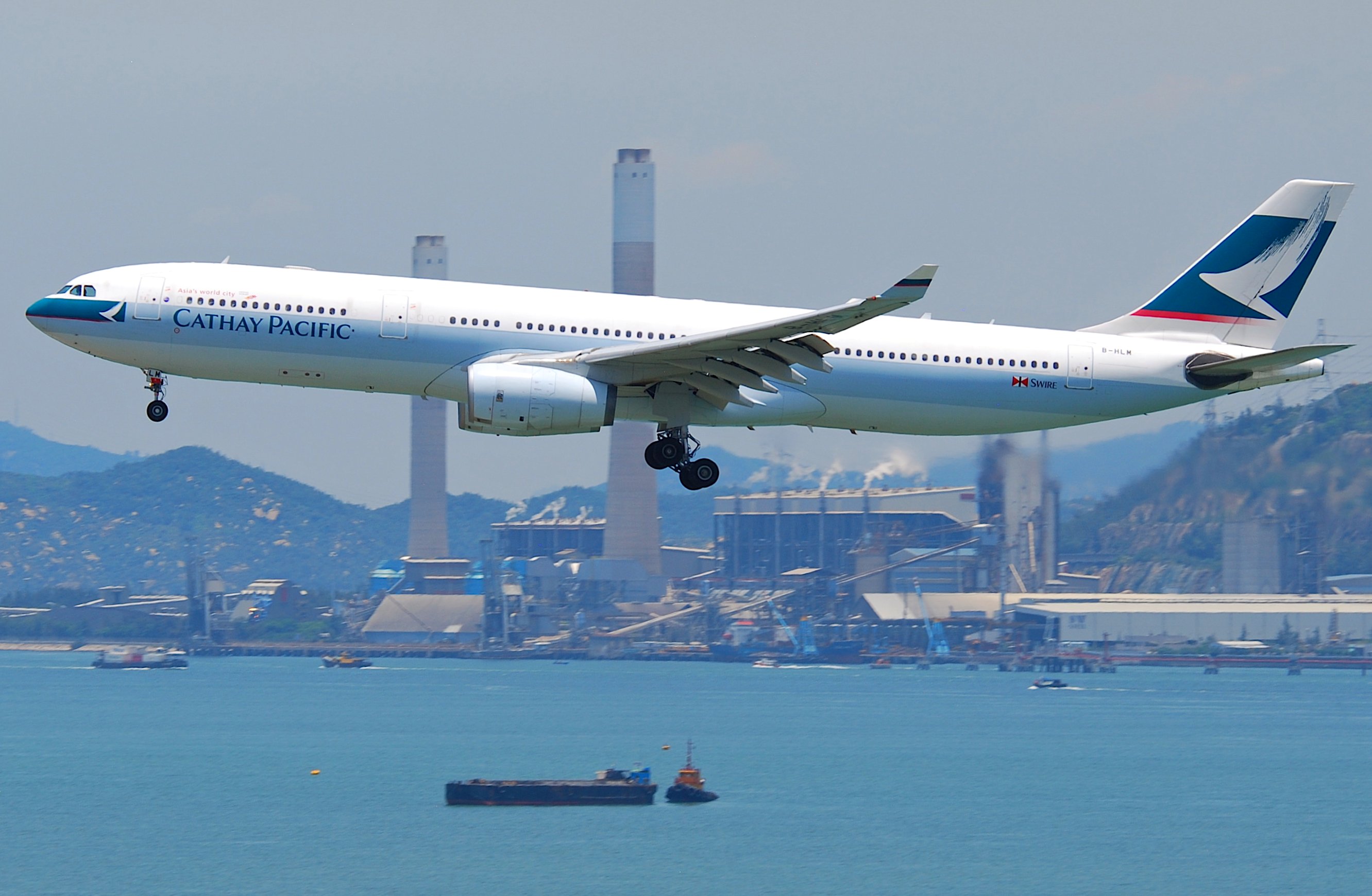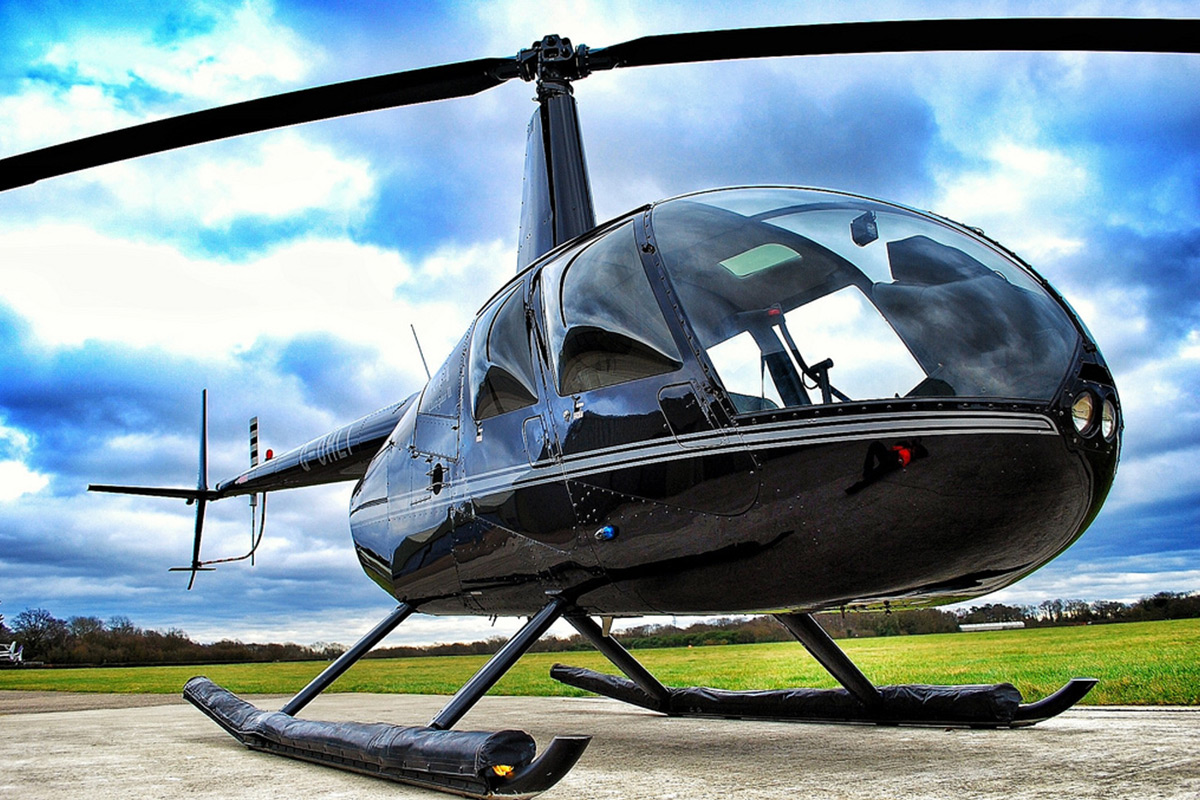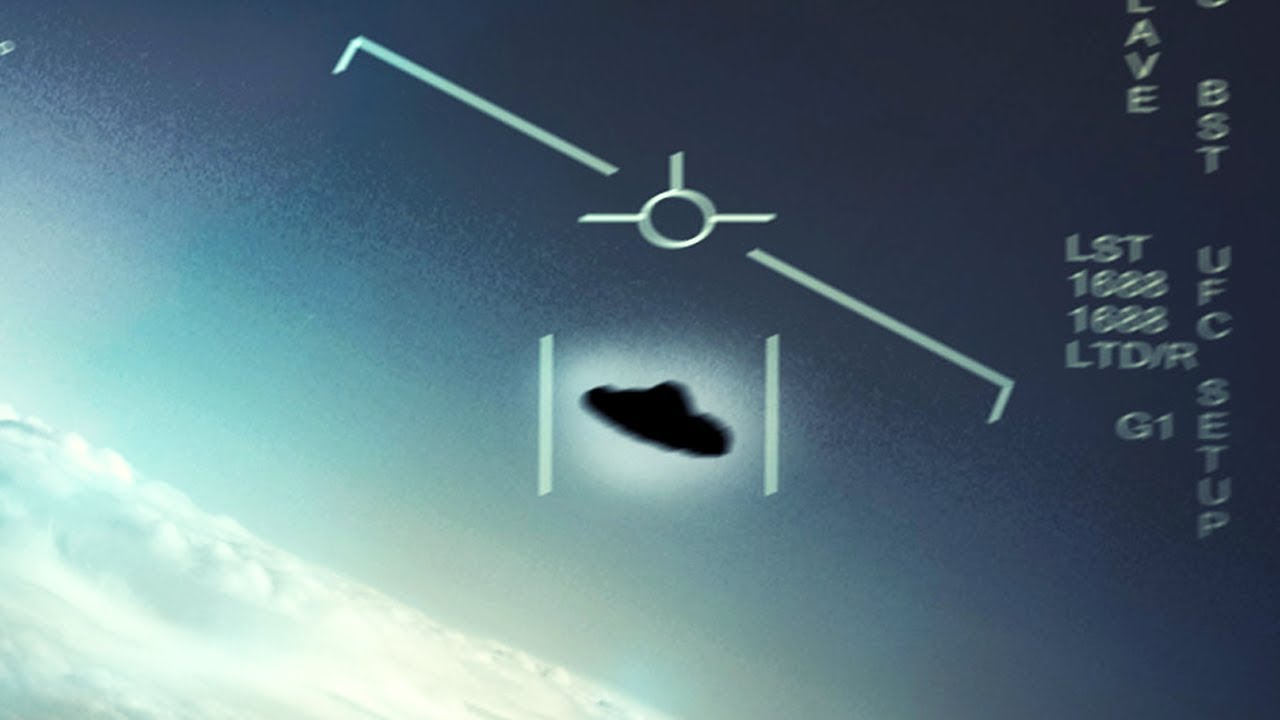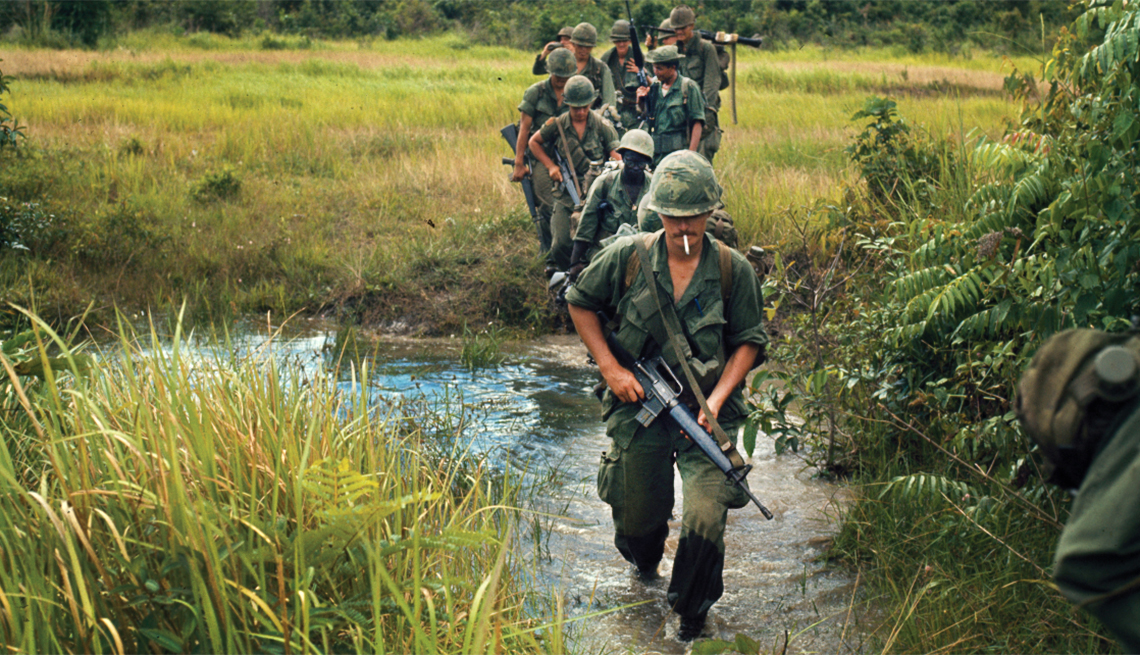Messerschmitt Me-262: The World’s First Operational Jet Fighter
The Germans understood long before sunrise that the bombers were on their way. Even as the U.S. 457th Bomber Group gathered over the brightening sky above London, German crews were already at their flak guns and fighter strips, ready for the inevitable clash. That March operation brought together more than 1,220 Allied bombers, escorted by waves of swift P-51 Mustang fighters, all pushing toward Berlin while braving a storm of anti-aircraft fire. Cutting through this chaos were the radical Messerschmitt Me-262 jet fighters, faster than anything else in the sky and armed with air-to-air rockets being used operationally for the very first time.


